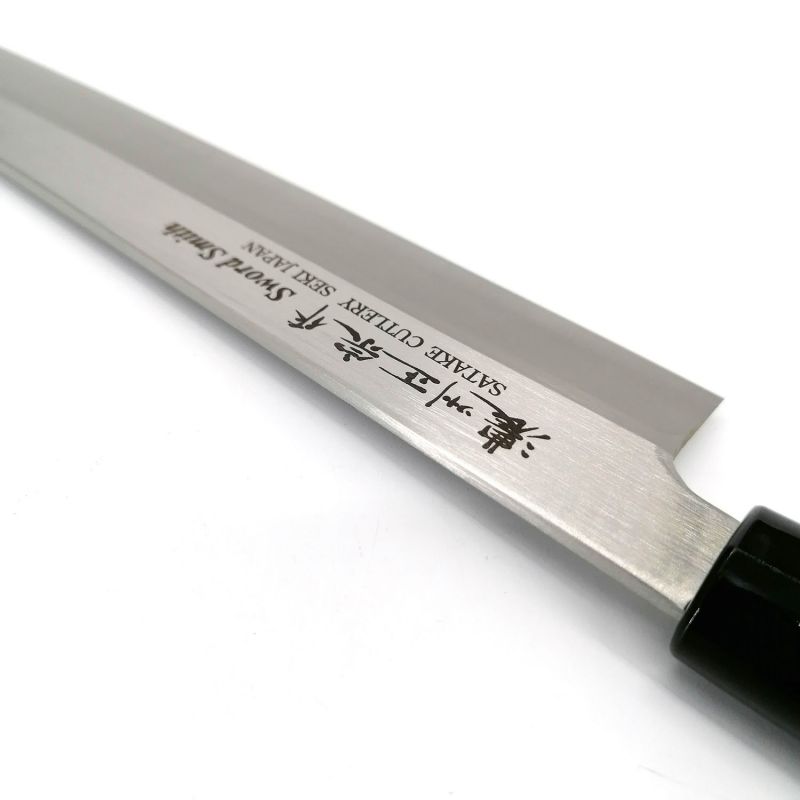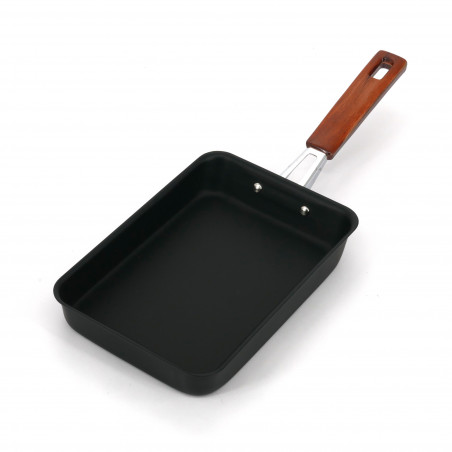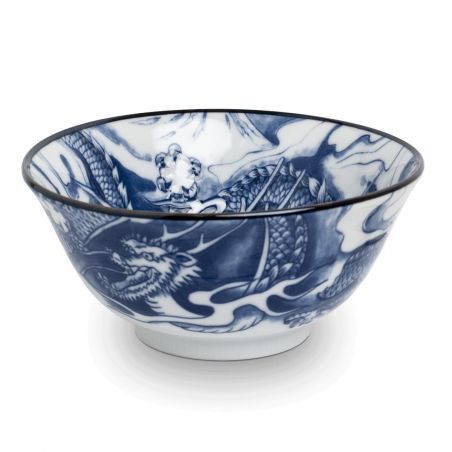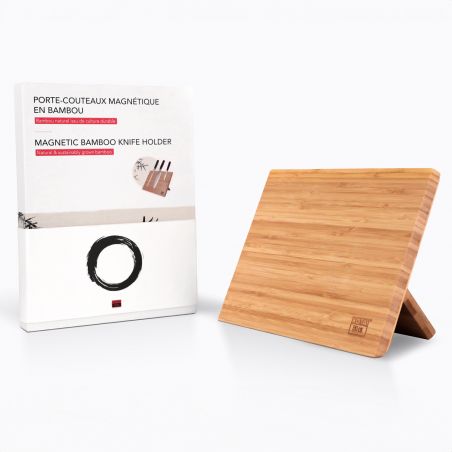
Secure payment
Payment by credit card, check and bank transfer.
Sending around the world
Shipment anywhere in the world and in the European Union without customs duties.
Satisfied or refunded
You have 14 days to return your order without reason.
Great japanese kitchen knife for cutting sushi - SUSHIS - 25.5 cm
Japanese kitchen knife for cutting sushi - SUSHIS - 20cm
Brand
DELIVERY AND RETURNS
Delivery delay :
1 to 3 working days for France, Belgium and Switzerland.
3-5 working days for other countries in Germany, Italy, Spain, United Kingdom, Netherlands, Denmark and Austria
3-5 business days for other countries via DHL
This item is shipped from our warehouse in France.
You can return or exchange an item within 14 days of receiving your order. For more information, see our Return Policy
Technical Data
| Blade length | 25.5 cm |
|---|---|
| length | 41.5 cm |
| Composition of the handle | bois d'hinoki |
| Compositions | steel |
Read more
In addition to the traditional and popular bocho knife with very sharp triangular blade with a notch at the right side of the handle, there are various knives used by the masters sushi, among others, in Japanese cuisine, including The Gyuto is a knife lightweight triangular shape for cutting vegetables.
Japanese knives are very sharp, do not leave them within reach of children.
Never put your knives in the lava dishes, very aggressive products and heat are harmful to the special alloy and the wooden handle, wash the knife by hand for a long time to use.
Do not try slicing bones or other hard things. For that, take more appropriate instruments.
The design of our knives
The Japanese prefecture of Niigata has always been a hotbed of ancient metalworking in Japan, especially the Tsubame-Sanjo region, named after the two towns that make up the region.
The local history of metalworking originates in the Igarashi riverbed that runs through Sanjo: it was here that iron particles were discovered eight hundred years ago.
The particularity of Japanese knives is their specific alloy of carbon steel forged with boric acid, giving their blade the hardness that makes them famous throughout the world.
Creating each of these pieces in accordance with tradition requires time, but also many steps. Elles nécessitent de maîtriser des compétences manuelles sont transmises de génération en génération.
seen recently
also available
TRUSTED SHOP CUSTOMER REVIEWS


.jpg)






























































































